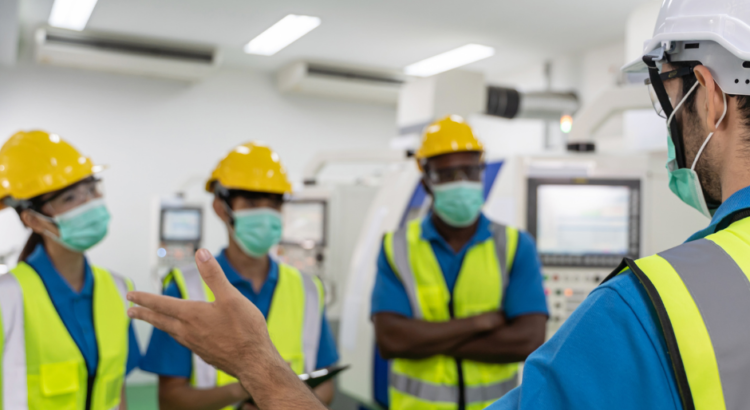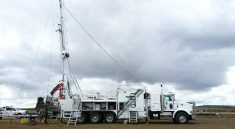While many would assume that the only threat dust poses would be a respiratory one, the truth is, it’s an incredibly flammable material. What’s worse, depending on the type of dust, it becomes more dangerous. Consider an industrial setting that, rather than dealing with roadways or bridges, deals instead with agricultural products, metals, plastics and other chemicals. This dust is much more combustible than that found on a roadway. When the aforementioned type of dust lingers for too long, they cause risk of explosion. As this dust oxidizes with the space it’s trapped in, it creates a dust cloud. This cloud, if met with an ignition source, can then create a catastrophe. These dust explosions can be extremely dangerous, often times leading to structural collapses and thus injury and death. Which is why the prevention of these catastrophes is so important for organizations. This prevention is accomplished through careful monitoring of airborne dust concentrations and installment of ample ventilation and containment measures. While these overarching prevention methods are important, the everyday prevention efforts are just as valuable. Optimizing cleaning practices, with the use of industrial vacuums, can ensure that the air is free of dust and thus can reduce the risk of disaster. While these methods may seem simple, the truth is, they are effective. That said, businesses should be doing more than just the simple things to remain prepared. For more information on how businesses are accomplishing this, check out the resource included alongside this post.
The Danger Of Dealing With Dust In The Workplace this resource was contributed by DuroVac, a reliable choice for a osha compliant vacuum






